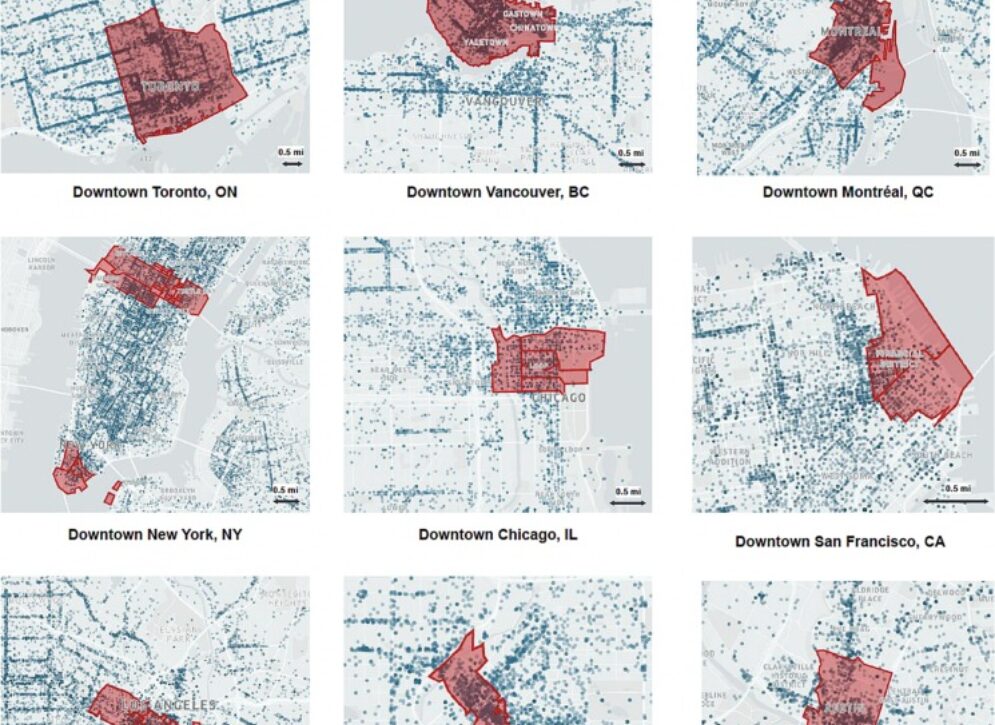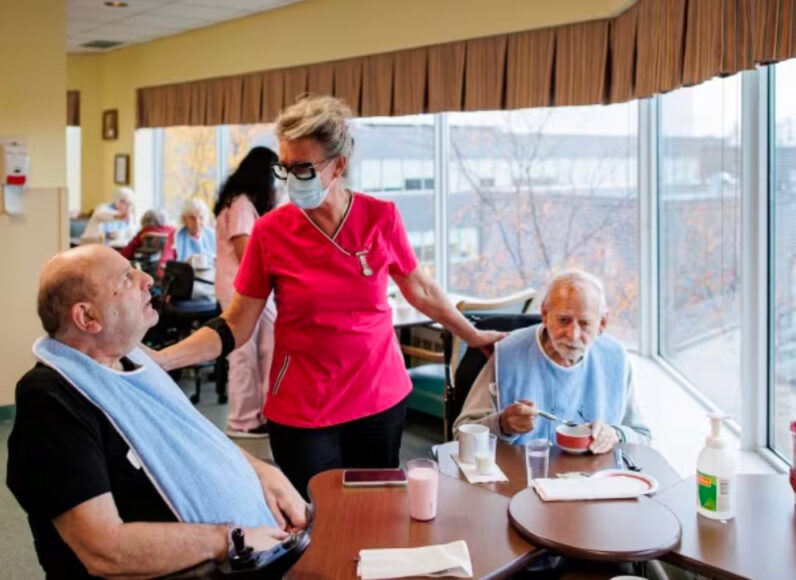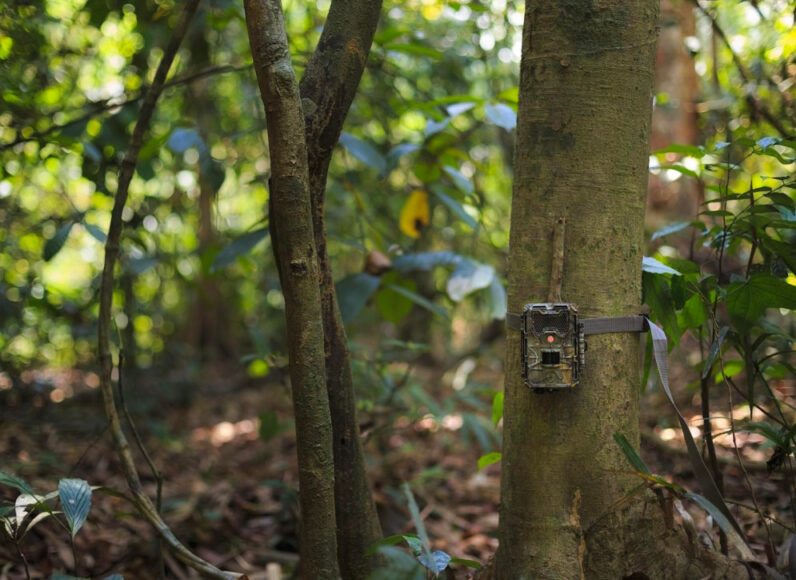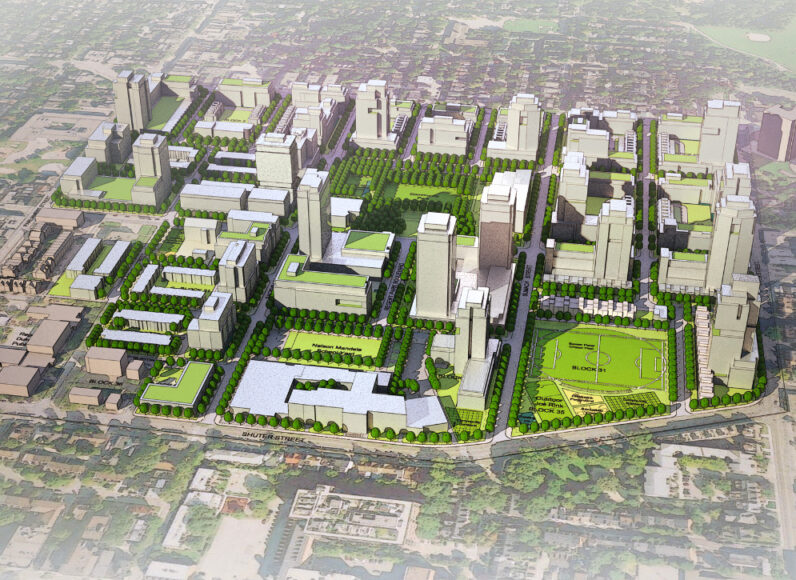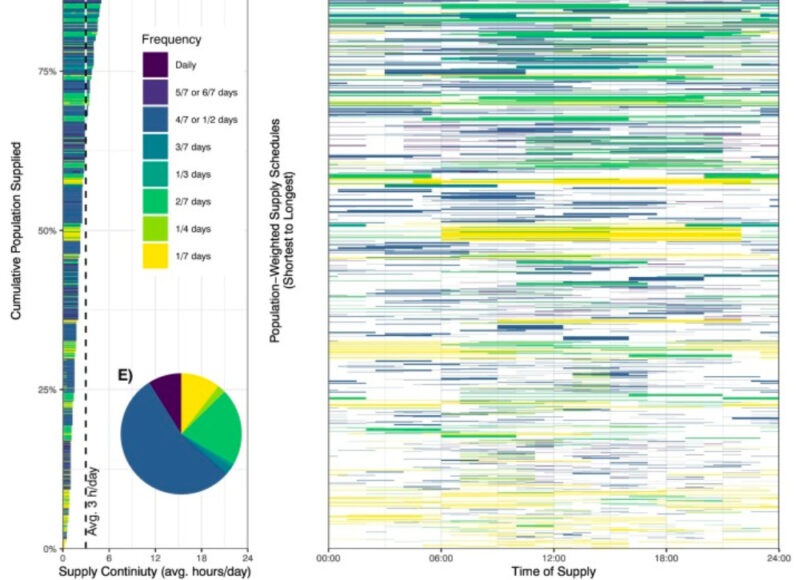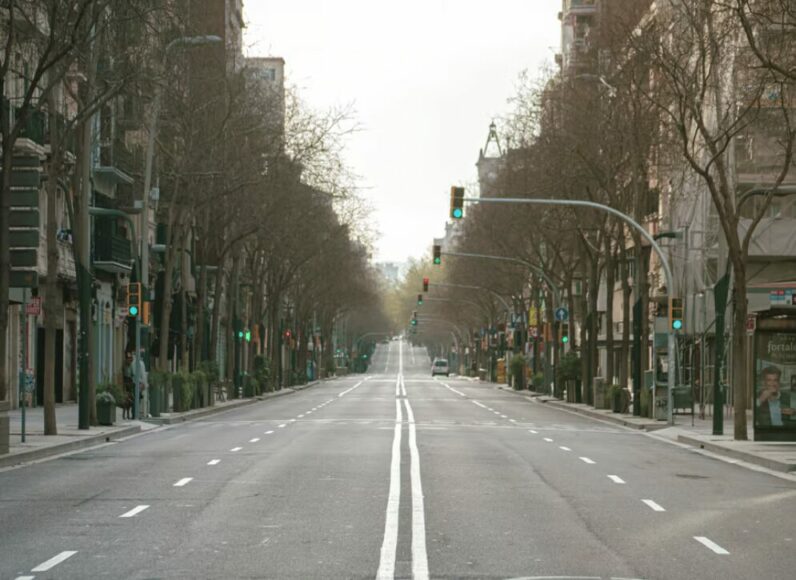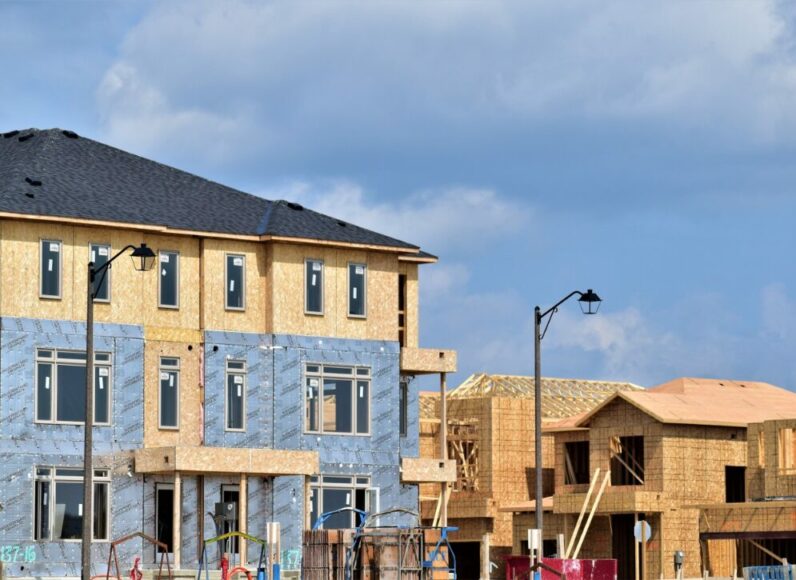By Michael Leong, Daniel Huang, Hannah Moore, Karen Chapple, Laura Schmahmann, Joy Wang, and Neil Allavarpu.
Cities
May 2023
As cities emerge from the COVID-19 pandemic, the persistence of pandemic-era habits such as remote and hybrid work remained ingrained in urban activity patterns, presenting a threat to North American downtown districts as we know them.
This paper examines the visitation trajectories of downtowns in 62 of the largest US and Canadian cities between 2020 and 2022 using location-based services data from mobile phones. The author’s analysis shows that downtowns with high concentrations of professional services, information, and finance fields, high density, long commute times, and colder winter temperatures continually struggle to maintain both raw visitation numbers and overall visitation proportions throughout the analysis period. In contrast, downtowns with higher concentrations of industries like healthcare, education, arts & entertainment, and public administration recovered well, and in some cases exceeded their pre-pandemic visitation performance.
The paper also found that the length of COVID-19 restrictions and pre-pandemic amount or characteristics of housing had lesser correlations with overall downtown recovery trajectories, suggesting the economic structure and environment had greater influence. The authors hope this analysis can inform city governments, downtown business associations, real estate developers, and communities on how to reinvent the North American downtown in order to remain the apexes of urban activity in the post-pandemic era.



